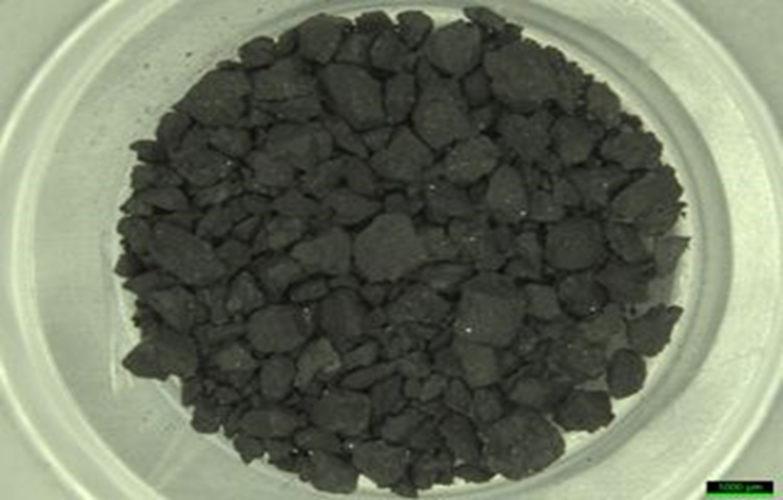Elements essential for life have been discovered in samples from an asteroid located 200 million kilometers from Earth.

Japanese scientists have discovered that an asteroid 200 million kilometers from Earth contains the building blocks of life.
More than 20 types of amino acids were discovered in samples collected from the asteroid Ryugu by the Tokyo Hayabusa2 probe in 2018 and 2019.
Experts previously said the samples constituted "the most primitive material from the solar system that we have ever studied."
They analyzed 5.4 grams of rock grains from Ryugu since the samples returned to Earth in December 2020. Amino acids are the building blocks of proteins produced by living organisms based on their DNA code. They could therefore be a key sign of the presence of extraterrestrial organisms. life on other planets.

However, although they are the organic compounds that make up life as we know it, they are not necessarily the remains of ancient organisms themselves.
Protein-forming chemicals can also be formed by natural geological processes – for example, those that formed the solar system.
It was previously reported at the Lunar and Planetary Science Conference in Texas in March that it had found 10 types of amino acids, including glycine and alanine, according to the scientists who detailed two papers on the discovery.
“We discovered several prebiotic organic compounds in the samples, including proteinogenic amino acids and polycyclic aromatic hydrocarbons,” said Hiroshi Naraoka, from Kyushu University in Japan, who led the research team. Similar to terrestrial petroleum, and various nitrogen compounds.”
These prebiotic organic molecules could spread throughout the solar system, potentially collecting interplanetary dust from Ryugu's surface by impact or other causes.

The data also indicated that Ryugu could be the remains of an extinct comet that spent tens of thousands of years racing through the solar system.
Scientists believe that it then evaporated due to high temperatures and turned into an asteroid from the rubble pile after moving to the inner asteroid belt between Jupiter and Mars.
Samples of the diamond-shaped space rock, half a mile in diameter, were returned to Earth for study by the Japan Aerospace Exploration Agency (JAXA).
The information showed that Ryugu is an asteroid consisting of a pile of rubble consisting of small pieces of rock and solid materials clumped together by gravity and not a single homogeneous rock.
Second, it is shaped like a spinning top — likely caused by deformation resulting from rapid rotation, say researchers in Japan — and also has a remarkably high organic matter content.

It is this latest discovery that raises a question about the origin of the asteroid. The current scientific consensus is that Ryugu originated from debris left behind by the collision of two larger asteroids.
But this could not be true if the asteroid had a high organic content because the material would have decomposed or been destroyed by the high temperatures of the collision.
Scientists hope to confirm this level of organic matter once analysis of the returned samples is completed.
Ryugu is a near-Earth carbon-type asteroid with a diameter of about 3,000 feet and is located in orbit between Earth and Mars.
Previous tests have already shown that space rocks contain some of the "most primitive materials" ever examined, with scientists saying they could solve the mystery of how the solar system formed.
Experts from the University of Queensland in Australia said the samples were among the darkest materials ever examined, reflecting only 2% of the light that strikes them.
It is also very porous, and could hold the key to understanding how the building blocks of life arrived on Earth 4.5 billion years ago, the team said.
Source: Daily Mail

